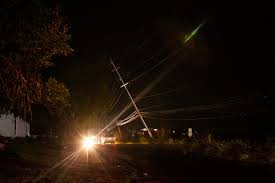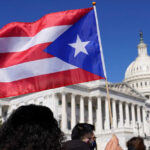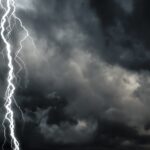Using NASA’s Visible Infrared Imaging Radiometer Suite to calculate the average light output of Puerto Rico’s 78 municipalities after hurricanes Maria in 2017 and Fiona in 2022, The Post compared the death rates after each storm with historical levels.
The tropical cyclones left Puerto Rico’s power grid in tatters and unresponsive to the challenging needs of its people for prolonged periods.
In towns still struggling to reestablish power two weeks after the 2022 hurricane, death rates were 40 percent higher than in communities that appeared to recover more quickly. In places that waited more than four weeks to regain power, death rates in the following months spiked 270 percent compared with historical rates.
A similar pattern emerged after the 2017 hurricane, suggesting that the lack of power in the affected communities, which lie mostly outside Puerto Rico’s capital of San Juan and urban core, was a significant factor that increased residents’ risk of death.
“The communities recovering the slowest after disasters also tended to have higher increases in death rates,” said Fernando Tormos-Aponte of the University of Pittsburgh, who is analyzing similar data to determine residents’ vulnerability in a disaster.
The increased death rates also point to the role successive disasters have had on a population that has grown older, sicker and more fragile.
Last year was one of deadliest years in recent history for the island, according to an analysis by The Post and the Center for Investigative Journalism in Puerto Rico. The data showed that along with covid-19, the mortality of Puerto Rico’s 3.3 million habitants increased past expected levels.
The data analysis does not make clear if the power outages are the main cause of the higher death rates, but outages can weaken medical services and undermine systems that support public health, such as water filtration, sewage processing and the distribution of relief supplies, said William Straka, an atmospheric scientist at the University of Wisconsin at Madison, who has used satellite imagery to study the impact of access to electricity.




























